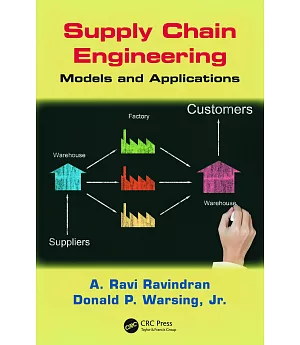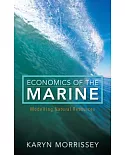'Preface This book emphasizes a quantitative approach to solving problems related to designing and operating supply chains. Importantly, though, it is not so 'micro' in its focus that the
perspective on the larger business problems is lost, nor is it so 'macro' in its treatment of that business context that it fails to develop students' appreciation for, and skills to solve, the
tactical problems that must be addressed in effectively managing flows of goods in supply chains. Economists often speak of theneed to understand 'first principles' before one can understand
and solve larger problems. We share that view, and we have therefore structured the book to provide a grounding in the 'first principles' relevant to the broad and challenging problem of
managing a supply chain that spans the globe. We feel strongly that students of supply chain engineering are best served by first developing a solid understanding of, and a quantitative toolkit
for, tactical decision making in areas such as demand forecasting, inventory management, and transportation management--in both an intrafirm and firm-to-firm (dyadic) context--before making any
attempt to 'optimize the supply chain,' a task that is clearly much easier said than done, or to optimize large swaths of anygiven supply chain. Still, the idea of optimization is indeed
prevalent throughout the book. This book is careful and deliberate in its approach to supply chain optimization. Indeed, the perspective taken is one that is well known to engineers of all
types, namely, the perspective of design. Engineers design things. Some engineers design discrete physical items, and some design collections of items that operate together as systems'--





















